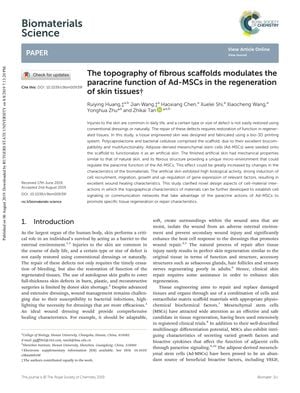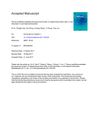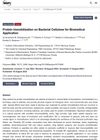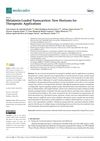The Topography of Fibrous Scaffolds Modulates the Paracrine Function of Adipose-Derived Mesenchymal Stem Cells in the Regeneration of Skin Tissues
January 2019
in “
Biomaterials Science
”

TLDR The shape of fibrous scaffolds can improve how stem cells help heal skin.
The study demonstrated that the topography of fibrous scaffolds made from polycaprolactone (PCL) and bacterial cellulose (BC) can modulate the paracrine function of adipose-derived mesenchymal stem cells (Ad-MSCs) to enhance skin tissue regeneration and wound healing. The artificial skin created using these scaffolds and Ad-MSCs showed mechanical properties similar to natural skin and promoted cell recruitment, migration, growth, and up-regulation of gene expression for skin regeneration. In vivo experiments with Balb/c mice (5 mice per group) revealed that wounds treated with the artificial skin healed significantly faster than those treated with PBC scaffolds or left untreated, with 95% closure by Day 10. By Day 21, the artificial skin group showed a well-structured, regenerated appearance with a morphology comparable to healthy native skin, including the regeneration of epidermal tissue to a thickness similar to original tissue and enhanced restoration of accessory skin structures like hair follicles and sebaceous glands. The study highlighted the potential of using scaffold topography to establish cell signaling networks that utilize the paracrine actions of Ad-MSCs for targeted tissue repair.




